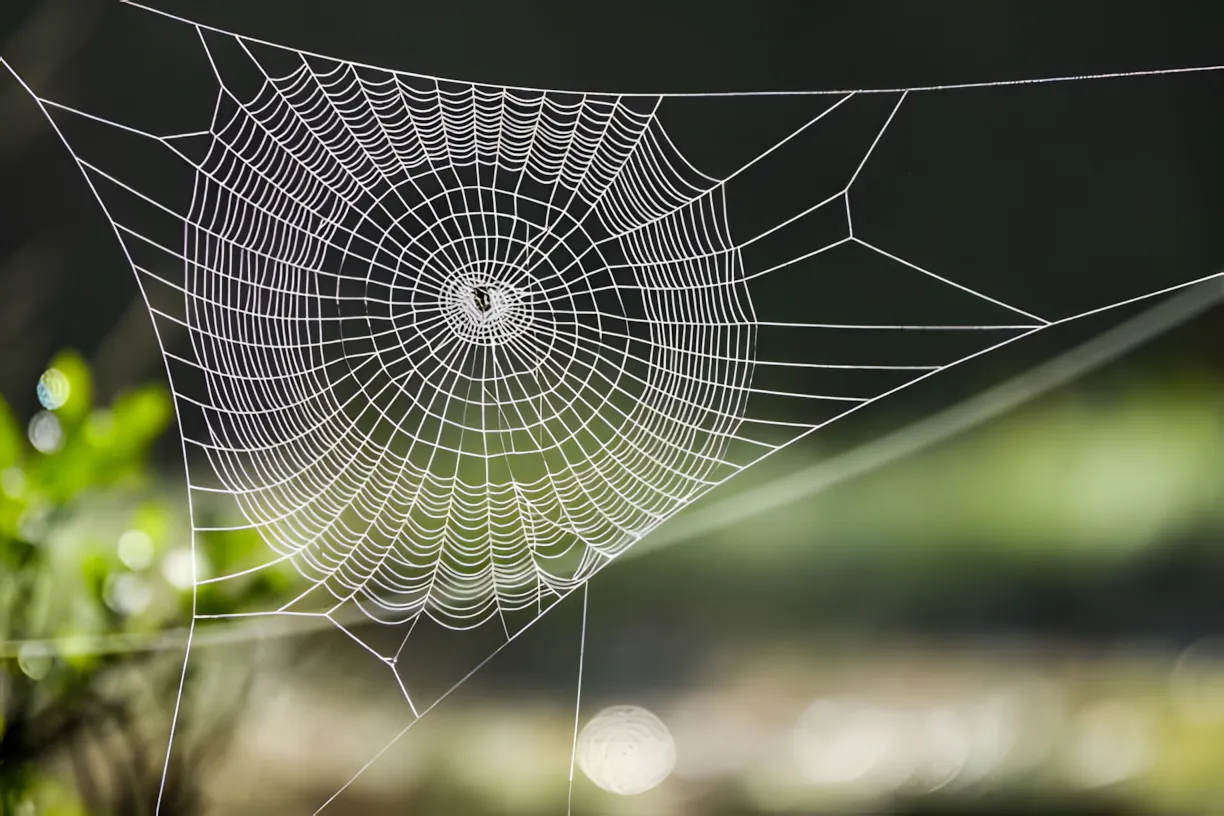A technology for slinging spider webs, inspired by Spider-Man, has been created.
The invention allows for shooting webs at objects and pulling them in. We're showcasing how the invention looks up close.
Every child who has read a comic book or watched a movie about Spider-Man has probably imagined shooting a web from their wrist. Researchers from the University of Tufts took this fantasy seriously and created the first spider web slinging technology, where a liquid material can shoot out of a needle, immediately solidify into a thread, stick to objects, and lift them.
The sticky threads are created in the Silklab laboratory. They are made from cocoons of silkworms, which are boiled in a solution and broken down into building blocks - proteins called fibroin. The silk fibroin solution can be extruded through narrow needles to form a flow, which, upon the presence of the right additives, hardens into a thread upon contact with air.
The breakthrough happened quite by chance. "I was working on a project to create extremely strong adhesives using silk fibroin. When I was cleaning a glass container with acetone, I noticed that a material similar to spider silk was forming on the bottom of the glass," said Marco Lo Presti, a scientist at Tufts. He noted that this accidental discovery allowed them to overcome several engineering challenges in reproducing spider silk threads.
Researchers added dopamine to the silk fibroin solution. The substance appears to accelerate the transition from a liquid to a solid state and pulls water out of the silk. The method works like this: when the silk solution passes through a thin needle, it is surrounded by a layer of acetone, which triggers hardening. The acetone evaporates in the air, leaving the thread attached to any object it comes into contact with.
Adding chitosan also improved the solution. As a result, homemade spider web threads gained up to 200 times greater tensile strength. Other characteristics also improved. An interesting fact: the diameter of the threads can vary from the thickness of a human hair to about half a millimeter, depending on the needle diameter.
Previously, scientists "decoded" the venom of the black widow spider. More information about this can be found in another article Hi-Tech Mail.












